Home »
The thematic axes
Functional Polymer Engineering
- Development of new photoinitiating systems
- Development of processes and innovative techniques in photopolymerization
- Development of new synthetic methodologies combining photopolymerizations and controlled radical polymerizations
- Control of growth, chemistry and morphogenesis of thin films fabricated by plasma-assisted polymerization
- Design of surfaces and interfaces with controlled chemical and physico-chemical properties, towards fabrication of stimuli-responsive surfaces
Controlled Porosity Materials
- Development of synthetic strategies thanks to the use of novel and/or biosourced structuring agents for the elaboration of new structures in families of zeolites and related compounds as well as coordination polymers (Metal-Organic Frameworks)
- Development or optimization of synthetic processes for inorganic and hybrid 3D materials by soft chemistry and hydrothermal routes
- Understanding properties through detailed characterizations
- Studying the storage of mechanical energy by intrusion-extrusion experiments of non-wetting liquids in porous materials under high pressure.
Carbons and Hybrid Materials
- Development of new synthesis pathways and innovative carbon and hybrid carbon materials (C/metal or C/ceramic nanocomposites) with perfectly controlled characteristics (texture, structure, morphology, functionalities)
- Understanding the mechanisms occurring during the preparation of these materials
- Understanding the interactions between the carbon (or hybrid carbon) materials and their environment (gas, liquid, solid) under different constraints (thermal, mechanical, chemical, electrochemical) occurring during their utilisation in different applications
- Improving performances of carbon material in the field of energy and gas storage, catalysis and water/air depollution.
Molecules, Nano-, Micro-Structures : Elaboration, Functionalities
- Design of functional micro-nanostructures : development of non-conventional preparation methods for the elaboration of micro/nanostructures based on self-assembly, wetting and photopolymerization.
- Mecanisms and reactivity : study of the physical, physicochemical and chemical processes that are involved during the preparation
- Properties of molecular, micro- and nanopatterned systems : New properties resulting from the patterning, new patterned functional materials, multifunctional structures
- Applications : sensors, microsensors, optics, photonics, biology, biomimicry, MEMS, microfluidics
Transfers, Reactivity, Materials for Clean Processes
- Development of innovative processes for the synthesis of lamellar clay-like compounds : tailoring of the synthesis conditions according to target applications
- Formulation of innovative composite materials for separation, the controlled release of active molecules, and the adsorption of pollutants, in gas and liquid phase
- Material and energy recovery of bio-sourced products : development of chars for agronomic, environmental and energy applications
- Energy storage : recovery of fatal heat and renewable energy storage
- Development and use of specific characterization methods (calorimetry, conductivity determination, …), and modelling of mass and heat transfer adapted to the process (knowledge model, etc.)
Physics of low dimensionality systems
- Synthesize new 2D materials and 2D-based hybrid heterostructures
- Control and modify their electronic properties by functionalizing these 2D materials.
- Study and control supramolecular self-assembly process to synthesize perfect 2D or 3D monocrystals and study their physical properties to functionalize other materials and find applications for example in organic solar cells.
- To investigate the growth and the magneto-electronic properties of ferromagnetic metal/organic semiconductor hybrid heterostructures.
Biomaterials-Biointerfaces
- Develop new materials/new processes for applications in biology
- Understand the biological mechanisms involved in biointerfaces
- Synthesize new materials from biological objects
Multi-scale numerical simulations
- Microscopic interpretation of experimental observations
- “In-silico” materials characterization
- Numerical prediction of material properties

